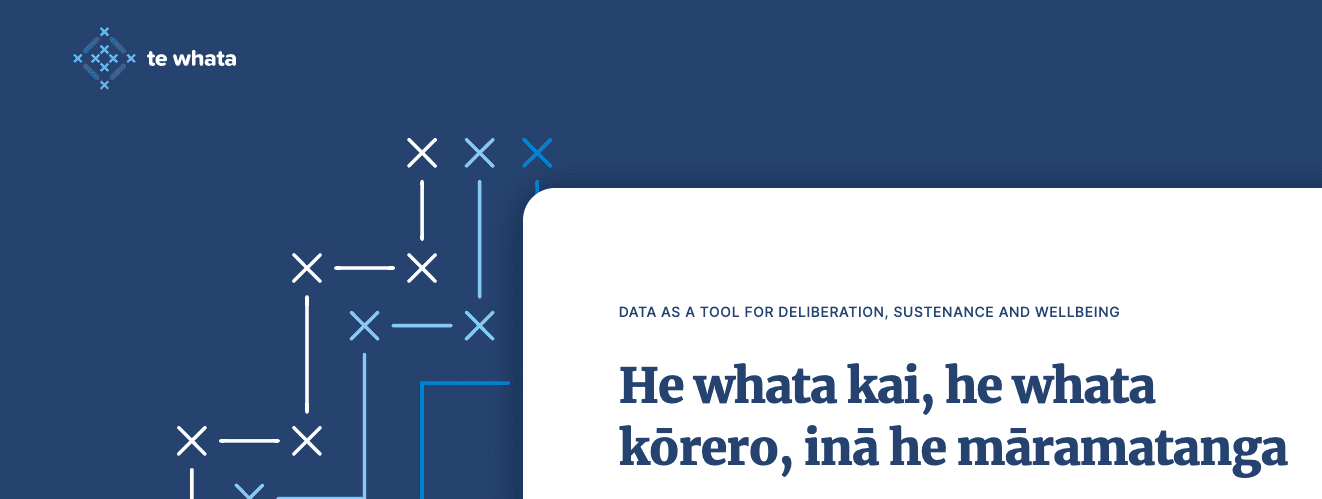A by iwi, for iwi digital platform providing data and insights that are more relevant, accessible and useful for Māori needs has been officially launched in Parliament this week with the ultimate objective of helping ensure better outcomes for whānau.
The data platform, called Te Whata, was developed with the intention of enabling Māori to better see themselves in data – both individually and collectively as iwi.
Te Kāhui Raraunga Charitable Trust, the mahi arm of Data Iwi Leaders Group (ILG), led the development of the data platform, which was one of the flagship projects to come out of the Mana Ōrite Relationship Agreement between Data ILG and Statistics NZ.
This formal relationship was the first of its kind between iwi and the Crown and was established to develop a solution to issues with the 2018 Census, which saw significant gaps in iwi affiliation data.
Data ILG Chair Karen Vercoe says their aim is to shift the conversation about iwi and Māori data and the importance of iwi data sovereignty.
“Our data needs to be accessible for our use, and not just for government.
“Te Whata is the result of years of effort by iwi leaders and data technicians coming together to refine how to design, analyse and use data better – for our needs and to inform our own narratives.
“Te Whata is a demonstration of the capability that our own people have in understanding, designing, analysing and disseminating data according to our own needs – for iwi data needs.”
Te Kāhui Raraunga Charitable Trust Lead Technician Kirikowhai Mikaere says Te Whata is not just about the design and use of data for our now, but preparing the next generations to build and design data for the futures they face.
“What we have built is only a start, but we intend to build more functions into Te Whata for iwi to use.”
Tuesday’s parliamentary launch of Te Whata also provided the backdrop for the release of the 2018 Iwi Affiliation Estimated Counts.
The 2018 iwi estimates are based on 2018 Census data, with missing iwi affiliation data drawn from 2013 Census data or for children from the iwi affiliation data of their parents.
Further statistical adjustments have been made for the remaining iwi affiliation data.
Ms Mikaere says while this work does not fully resolve quality issues with iwi data, these Iwi Affiliation Estimated Counts can be used by iwi as a more up-to-date set of data, rather than continue to using 2013 Census data.
“With the commitment of Statistics New Zealand, we have worked hard to unlock data for iwi through Te Whata, and to provide the 2018 Iwi Affiliation Estimated Counts for iwi to use.
“This is part of our broader journey to build greater capability and infrastructure for iwi data needs, on behalf of all iwi.
“The progress being made in the iwi and Māori data space is significant and with ongoing mahi and korero, we will see better engagement with Māori and – ultimately we hope – better outcomes for iwi Māori and New Zealand as a whole.”
Data ILG will be running a roadshow for iwi in July and August, to demonstrate Te Whata and to train iwi-nominated administrators in how to use the full functionality of the data tool.

